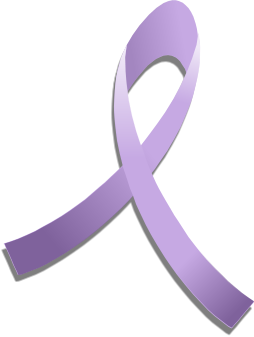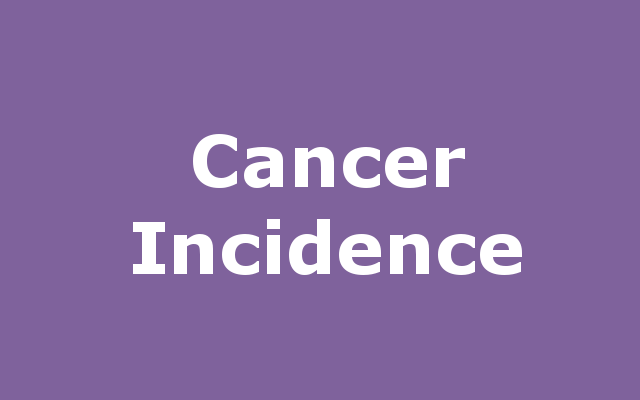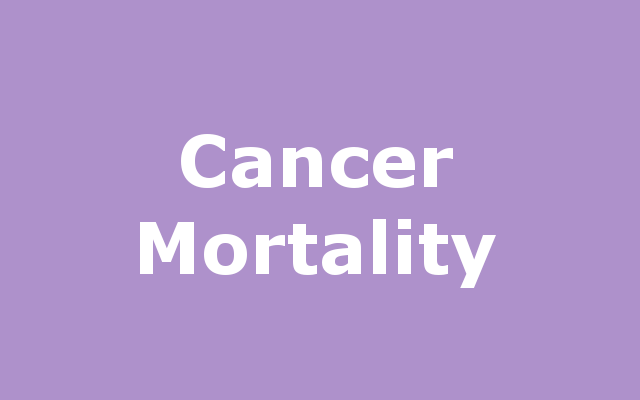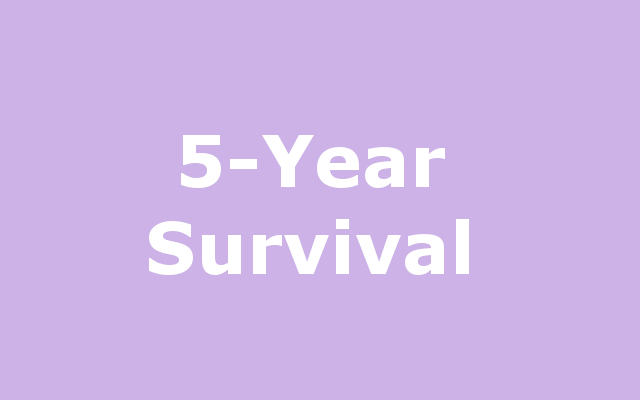Cancer

- One in two men and one in three women will develop cancer during their lifetimes.
- Cancer is the second leading cause of death in the US and New Jersey.
Quick Links

|

|

|
Cancer starts from the uncontrolled division of cells in the body. As the abnormal cells
continue to grow, they form a tumor. As a tumor grows it can metastasize, or spread, and
begin forming new tumors in different parts of the body. Not all cancers behave the same way;
different types of cancer have different growth rates and respond differently to anti-cancer
treatments. In medical terms, cancer is referred to as malignant neoplasms.
Cancer is the second leading cause of death in New Jersey and the United States. Many cancers are preventable by reducing risk factors or getting appropriate vaccinations. Screening is effective in identifying some types of cancers in early, often highly treatable stages.1
Multiple factors both inside and outside the body, can contribute to the development of cancer. Some risk factors for cancer can be avoided or controlled. For example, people can choose to avoid exposure to tobacco, modify their diet, and increase their exercise. Other risk factors, such as a person's age, race, family history of cancer, and genetics are not possible to modify.
Nobody is immune from getting cancer. Although scientific studies have identified specific
factors which increase the risk for cancer, sometimes people without any risk factors still develop
cancer and people with many risk factors do not develop cancer. The following list contains
common cancer risk factors.
- Older age; the risk of developing cancer increases with age
- Race and ethnicity; people of certain races and ethnic background are at higher risk for certain types of cancer
- Lifestyle factors; tobacco use, secondhand smoke, poor diet, physical inactivity, obesity, alcohol consumption, sun exposure
- Reproductive factors/hormones
- Genetics and family history
- Certain environmental/occupational exposures
- Certain medical conditions/infections/immunosuppression
There are many ways to reduce your risk for cancer. Following these guidelines will not only reduce
your risk for cancer, but improve your general health as well:
- Stop smoking. If you smoke, quit. If you don't smoke, don't start. Smoking is linked to several types of cancer -- not just lung cancer. Quitting now will reduce your risk of cancer in the future.
- Avoid excessive sun exposure. Harmful ultraviolet (UV) rays from the sun can increase your risk of skin cancer. Limit your sun exposure by staying in the shade, wearing protective clothing, or applying sunscreen.
- Eat a healthy diet. Choose a diet rich in fruits and vegetables. Select whole grains and lean proteins.
- Exercise most days of the week. Regular exercise is linked to a lower risk of cancer. Aim for at least 30 minutes of exercise most days of the week. If you haven't been exercising regularly, start out slowly and work your way up to 30 minutes or longer.
- Maintain a healthy weight. Being overweight or obese may increase your risk of cancer. Work to achieve and maintain a healthy weight through a combination of a healthy diet and regular exercise.
- Schedule cancer screening exams. Talk to your doctor about what types of cancer screening exams are best for you based on your risk factors.
- Ask your doctor about immunizations against diseases which increase your risk of cancer. Immunizations can help prevent hepatitis B, which increases the risk of liver cancer, and human papillomavirus (HPV), which increases the risk of cervical and other cancers.
Cancer data come from multiple sources:
- Incidence, stage at diagnosis, and survivorship: The NJ State Cancer Registry collects detailed information about cancer patients and the treatments they receive, which is used to track trends in incidence, survival, and mortality.
- Screening: The New Jersey Behavioral Risk Factor Survey (NJBRFS) tracks the use of preventive screening for a variety of cancer types such as mammography to detect breast cancer, Pap tests for cervical cancer, colonoscopy for colorectal cancer, and PSA tests for prostate cancer.
- Inpatient Hospitalization and Emergency Department Visits: The NJ Hospital Discharge Data Collection System receives detailed information about all inpatient hospitalization and emergency department visits from NJ hospitals.
- Mortality: Death certificates are a fundamental source of demographic, geographic, and cause-of-death information. Deaths are reported as being due to cancer when the cancer was the underlying cause of death.
Due to COVID-19-related staff reassignments and reprioritization, the updating of most indicator reports is delayed. Please use the query system for the most up-to-date data.
All SitesBrain and Nervous System
Breast
CervicalColorectalDigestive |
Head and Neck
LeukemiaLungLymphomaMesotheliomaProstateSkinThyroidUrinary Tract |
Cancer Incidence
This link will take you outside the NJSHAD system.Cancer Prevalence (NJBRFS)
- Diagnosed With Skin Cancer - Crude Rates
- Diagnosed With Skin Cancer - Age-adjusted Rates
- Diagnosed With Other Cancer Besides Skin - Crude Rates
- Diagnosed With Other Cancer Besides Skin - Age-adjusted Rates

